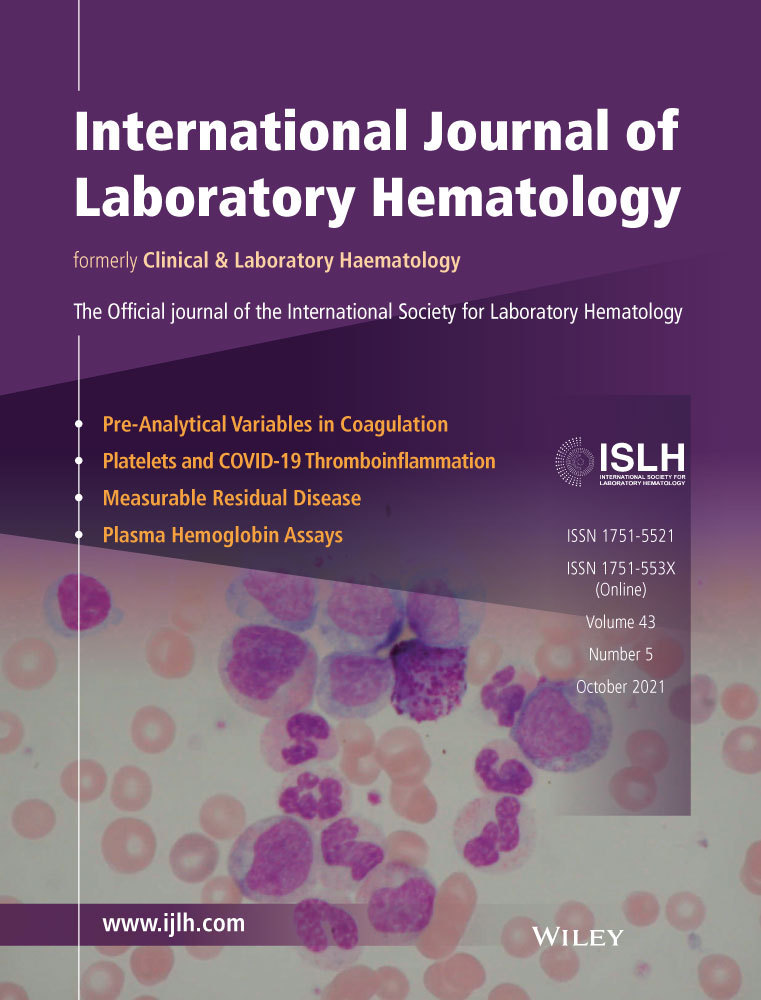Immature platelet fraction over time and clinical outcomes in patients with acute myocardial infarction
Abstract
Background
Immature platelets in the circulation can be measured as immature platelet fraction (IPF). Limited data exist regarding IPF during the course of an acute myocardial infarction (AMI), the association between IPF and extent of cardiac damage, and the long-term prognostic implications of IPF in patients with AMI.
Aims
To examine the temporal course of IPF during the first month after AMI, the association between IPF and extent of cardiac damage, and the long-term prognostic effect of IPF in AMI patients.
Methods
Patients with AMI treated with percutaneous coronary intervention (PCI) were examined. IPF was evaluated by a Sysmex XN-3000 autoanalyzer, at 4 time points: baseline; one day post-PCI; 3 days post-PCI, and 30 days post-PCI. The association between peak troponin-T levels and IPF was evaluated. One-year clinical outcomes (cardiac hospitalization, urgent revascularization, or death) were assessed.
Results
One hundred patients were included, mean age was 59.5 ± 11.3 years, 82 were men, 27 had diabetes, and 54 were hospitalized with ST-segment elevation myocardial infarction (STEMI) and 46 with non-ST segment elevation myocardial infarction (NSTEMI). The levels of IPF modestly decreased a day after PCI but did not change in subsequent measurements. Peak troponin-T level was significantly associated with the levels of IPF at all 4 time points. IPF levels three days post-PCI were associated with the composite clinical outcome at 1 year.
Conclusions
The levels of IPF following AMI remain relatively stable over a one-month period. Higher levels of IPF during the acute phase of AMI appear to be associated with worse cardiac outcomes at 1 year.
CONFLICT OF INTEREST
The authors declare that there is no conflict of interest in this article.




